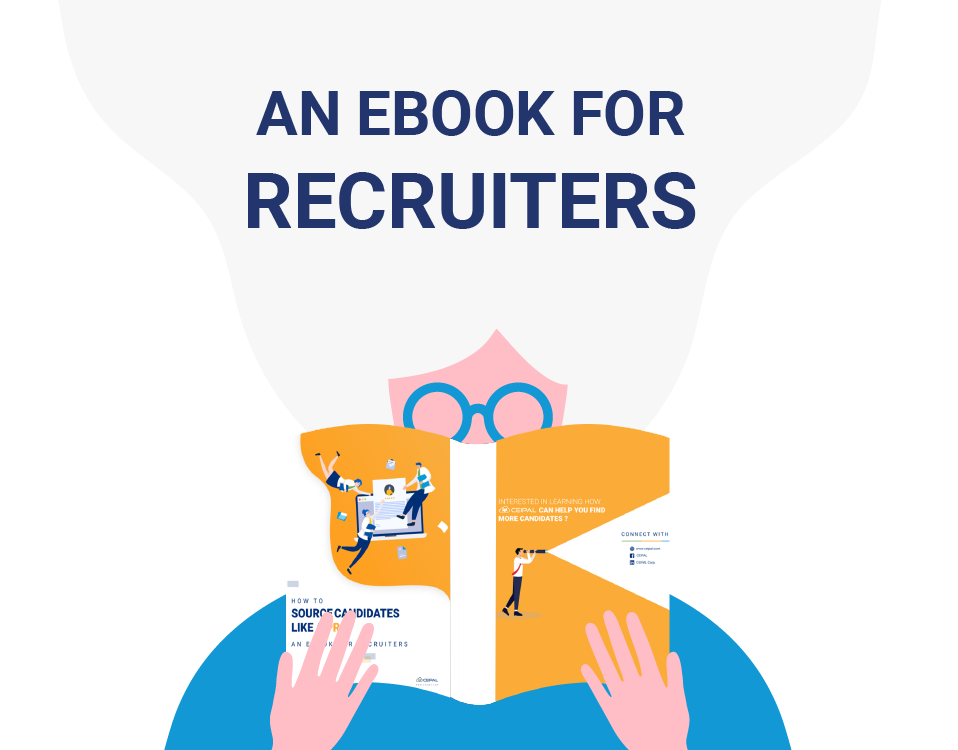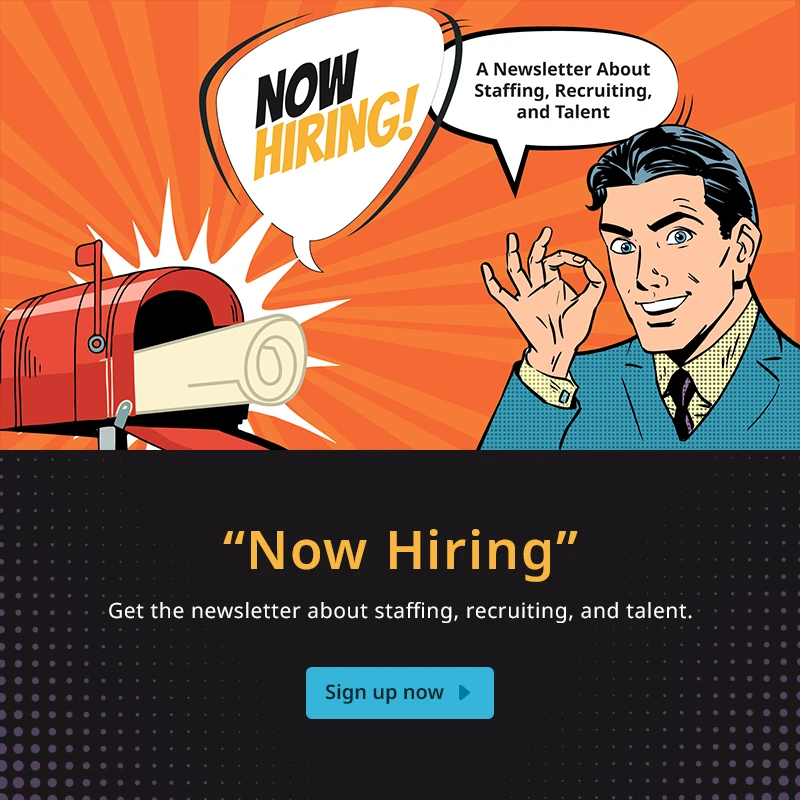The process of finding quality talent often mirrors looking for a needle in a haystack. A day in the life of a recruiter includes going through inbound resumes, following up with prospects, reviewing resumes, conducting interviews, scheduling interviews, collaborating with hiring managers, and much more. This sounds overwhelming, with no day ever being the same. The same day also consists of repetitive, mundane tasks that recruiters have to do on a daily basis. Recruiting revolves around managing mayhem and lots of teamwork. Anything can go wrong at any moment during the recruitment process – a shortlisted candidate may not finish the assessment, a candidate may drop out in the middle of interviewing, a candidate may not like the job offer, etc.
This chaos causes delays in the system leading to lower placements, conversion rates, and loss of revenue. Recruitment automation refers to automating parts of the hiring process, from publishing job openings on job boards and scheduling interviews to onboarding a candidate. Here are the key activities that every recruitment agency should automate:
Candidate Sourcing
Candidate sourcing includes finding candidates from multiple job boards, social media sites, career portals, and campus drives. The major challenge for recruiters is that 70% of candidates in the job market are passive. While the active candidates are seeking jobs, and it is easy to onboard them, the passive candidates are harder to convert. A lot of recruitment marketing and candidate engagement tactics have to be employed to attract and onboard these candidates.
Resume Parsing
Recruitment is time-consuming and repetitive, especially when recruiters and hiring managers have hundreds of resumes to review and then decide on the next steps. Resume parsing allows recruiters to slice any part of a resume into structured data. This process saves time and effort as well as removes hiring biases that might take place while shortlisting candidates.
Candidate Shortlisting
Humans, voluntarily or involuntarily, give in to a large number of biases like gender, age, race, ethnicity, location, etc. Global organizations are adopting DEI measures across their recruitment processes and internalizing them in their company’s culture but often are slow to automate these activities. Most Applicant Tracking Systems (ATS) come with AI-driven algorithms which automatically shortlist candidates and rank them based on their compatibility with the company and job requirements. By doing so, a recruiter does not have to go through tons of resumes and spend hours just shortlisting them.

Want to Source Candidates Like a Pro?
Read an eBook Designed for Smart Recruiters Like You
Bulk Emailing and Messaging
A staffing agency has to deal with various types of requirements- contingency employment, temp jobs, skill-based bench hiring, direct hiring, etc. When recruitment CRM is integrated into the process, recruiters can easily send emails and text messages to thousands of candidates with a single click. Third-party tools enable recruiters to add personalizations and schedule emails even when you are not online.
Application Status Notifications
Today candidates dictate the flow of recruitment. Companies are taking every measure possible to create a successful employer brand to deliver a top-notch candidate experience. The first step in a positive candidate experience is to identify candidate touchpoints. This includes sending timely notifications about their application statuses, reminders of tasks and assessments, and follow-up emails. This helps companies to build a positive perception of the company.
eBoarding
The pre-pandemic world was very different. COVID forced the workforce to shift from onsite to remote. With a majority of the workforce still working remotely, there is a dire need for companies to switch from manual work to a paperless process. Onboarding is often the first impression for employees. With paperless onboarding, you can customize each step of the process that requires the candidate to upload the required documents and confirm using e-signatures.
Benefits of Automation in Recruitment
- Save time to hire
- Enhanced candidate engagement
- Increase the quality of hire
- Eliminate human biases and errors
- Real-time reporting and analytics
- Save on cost-per-hire
Final Thoughts
Almost 98% of Fortune 500 companies use Applicant Tracking Systems to automate their recruitment processes. An ATS solves almost all of the problems faced by recruiters and increases their productivity by 70% letting, hiring professionals focus on what matters – placing talent.







